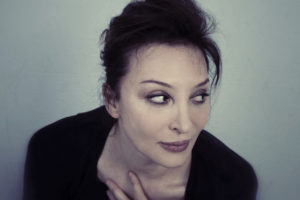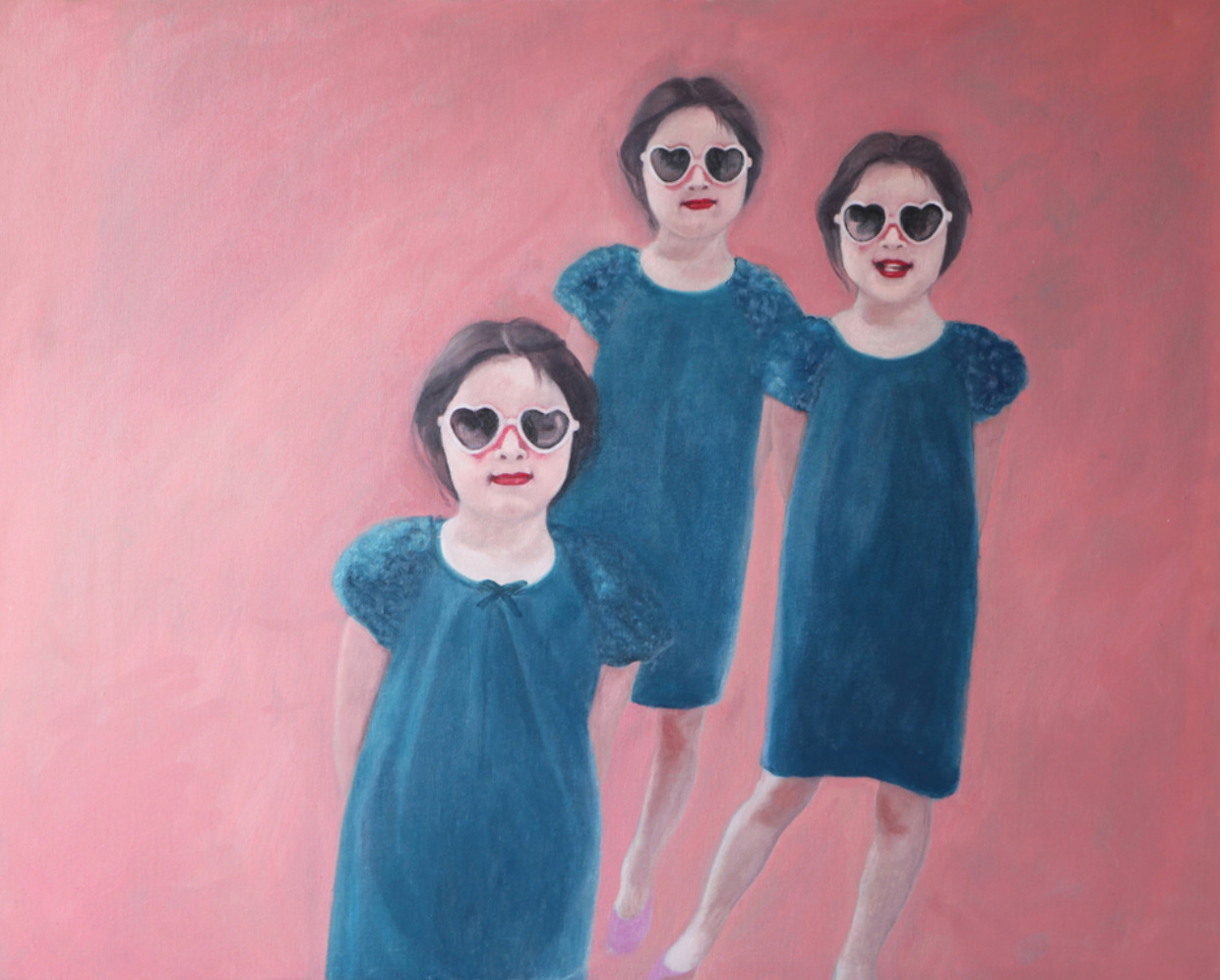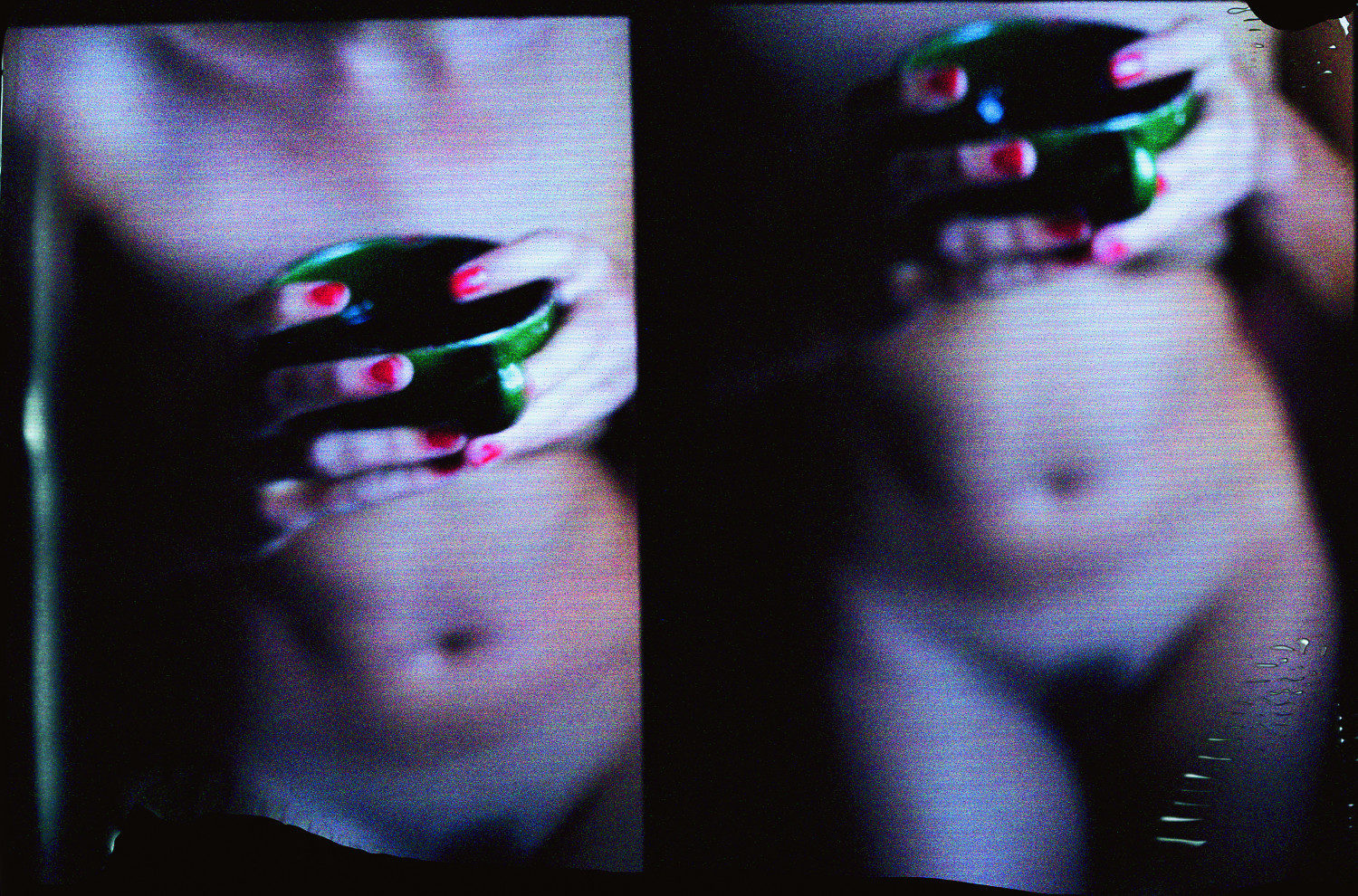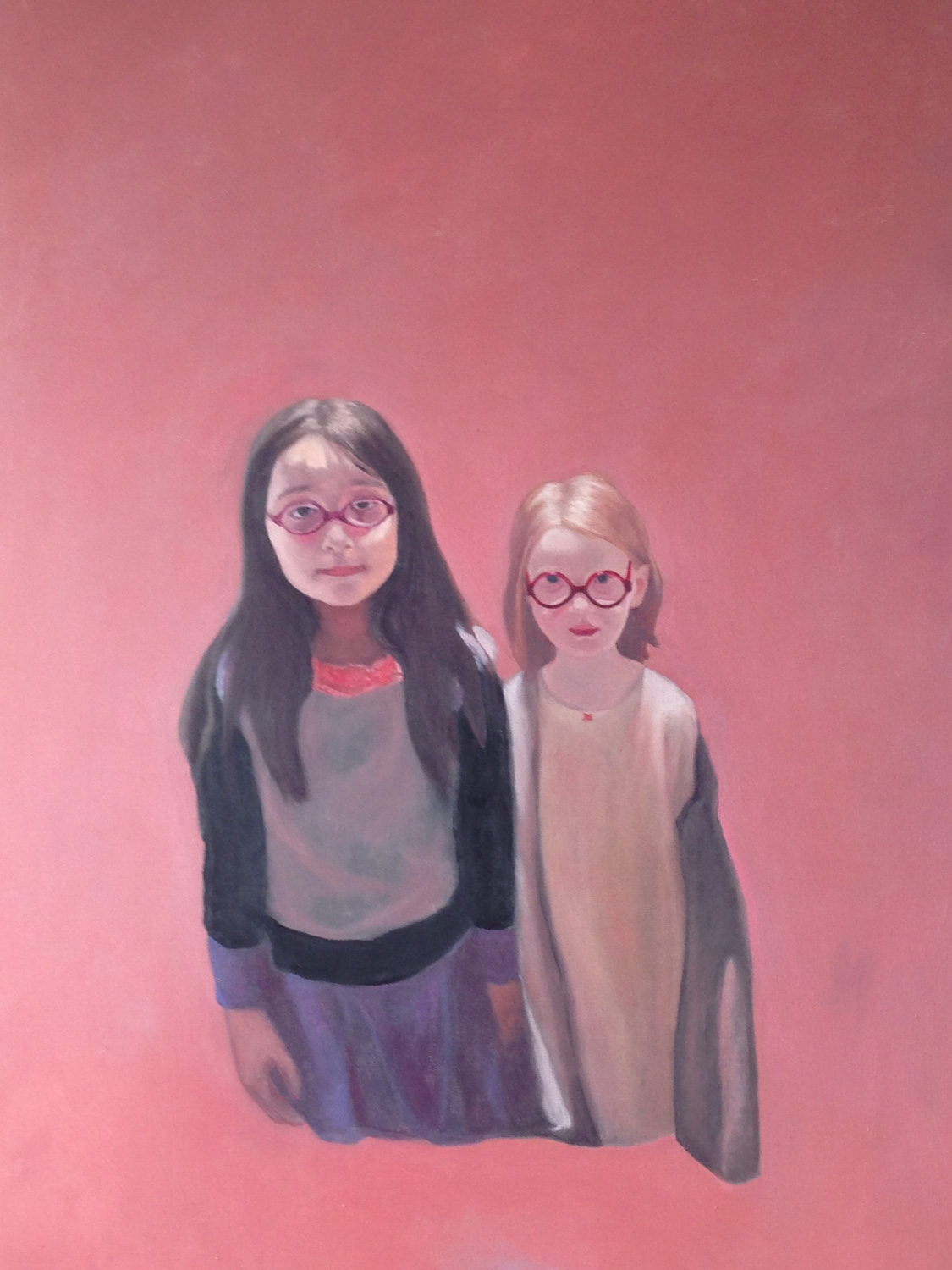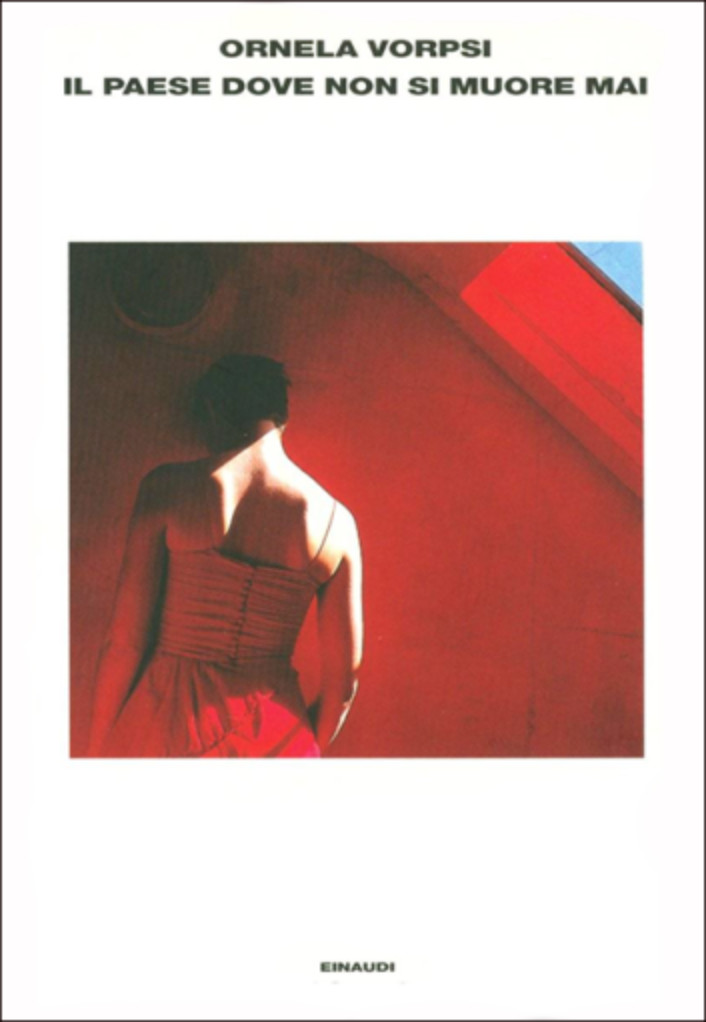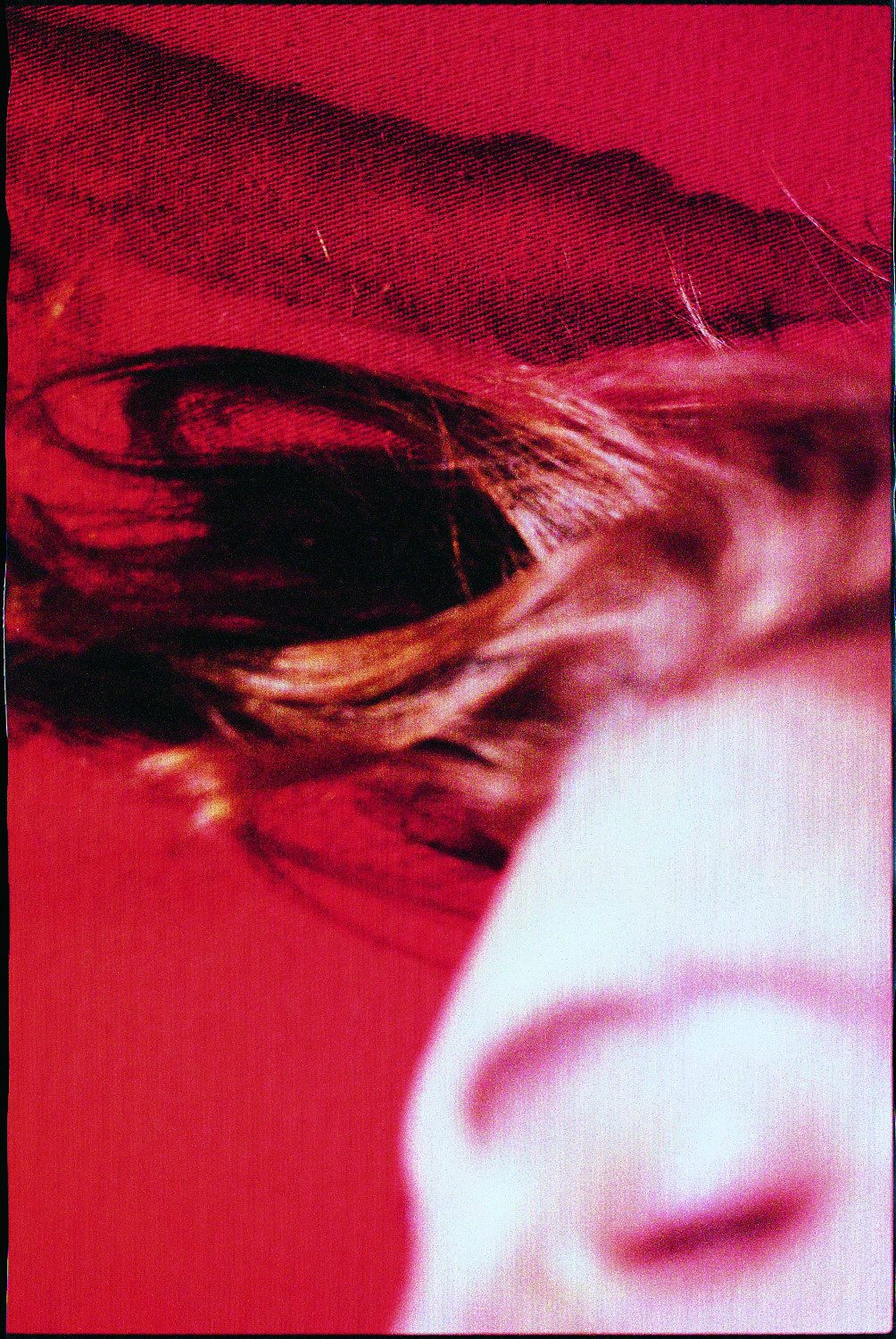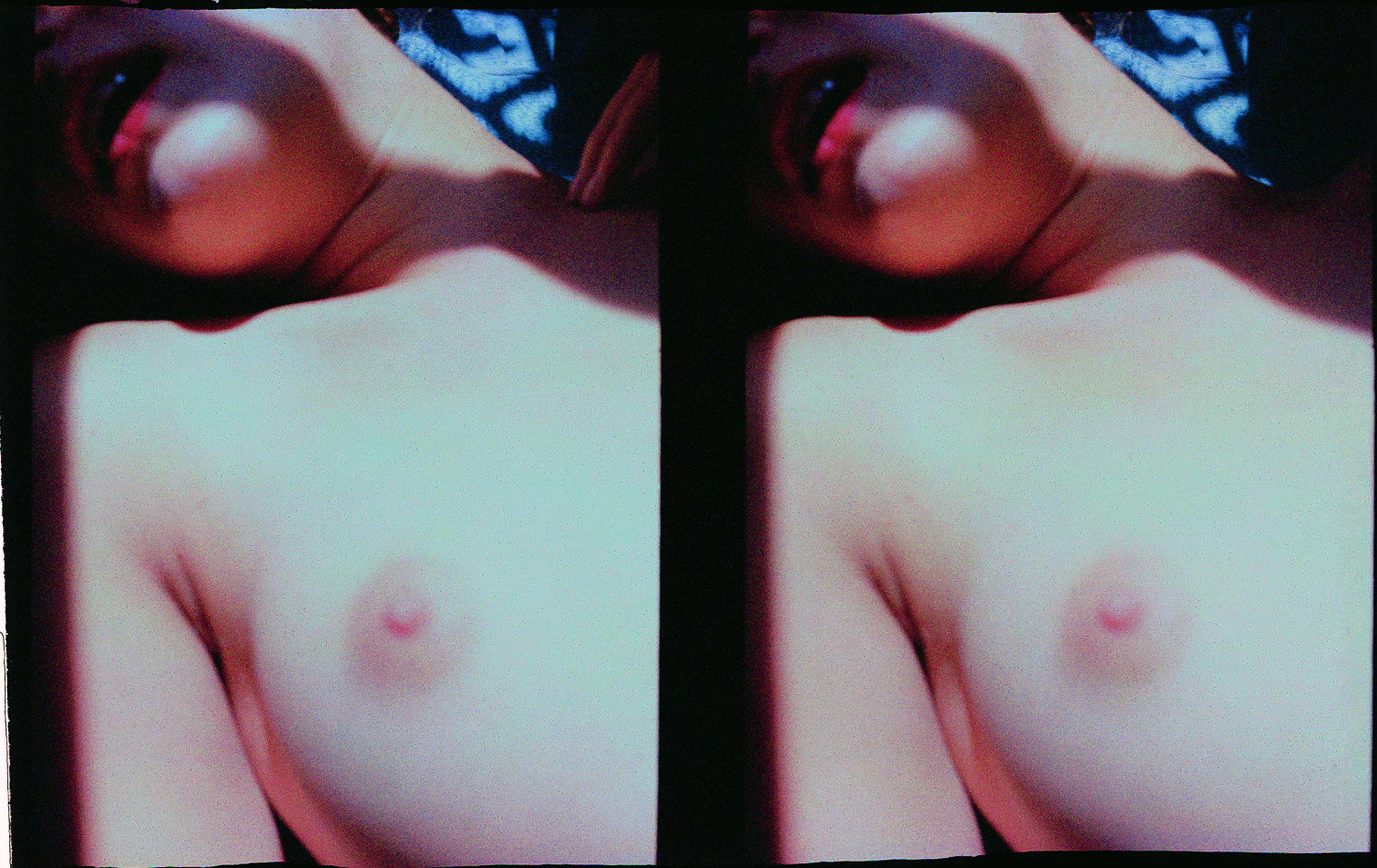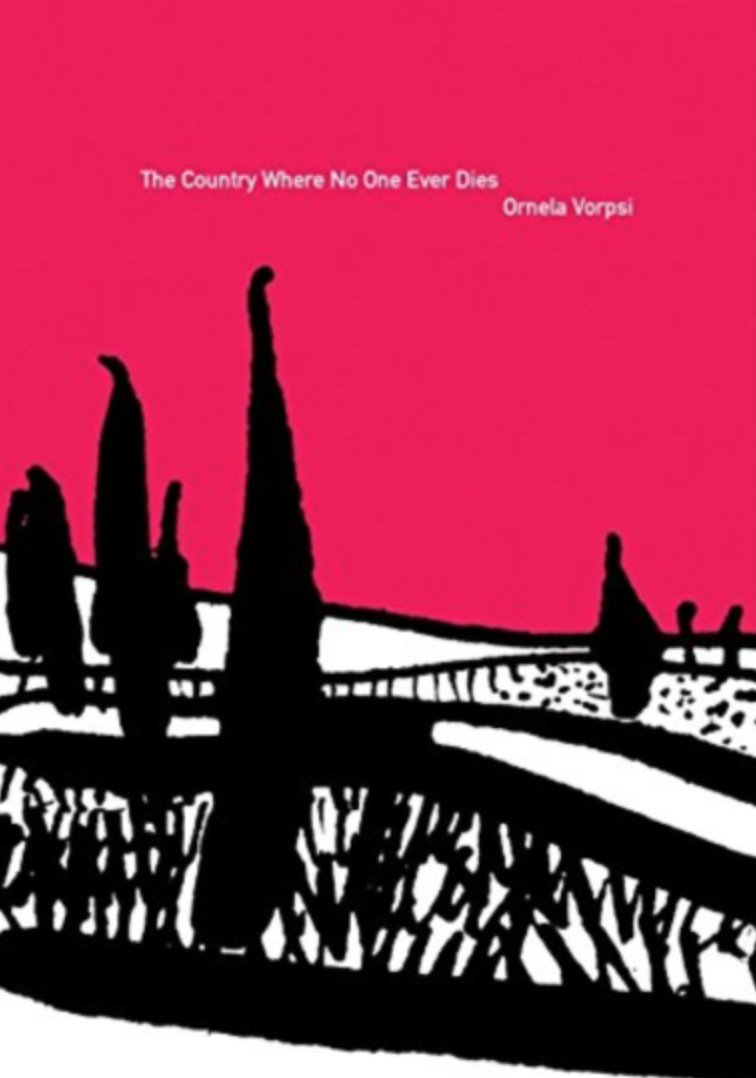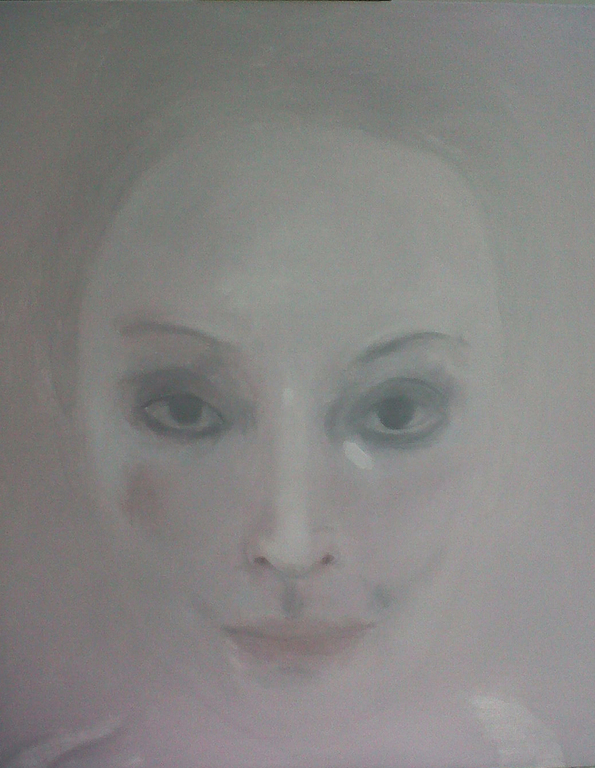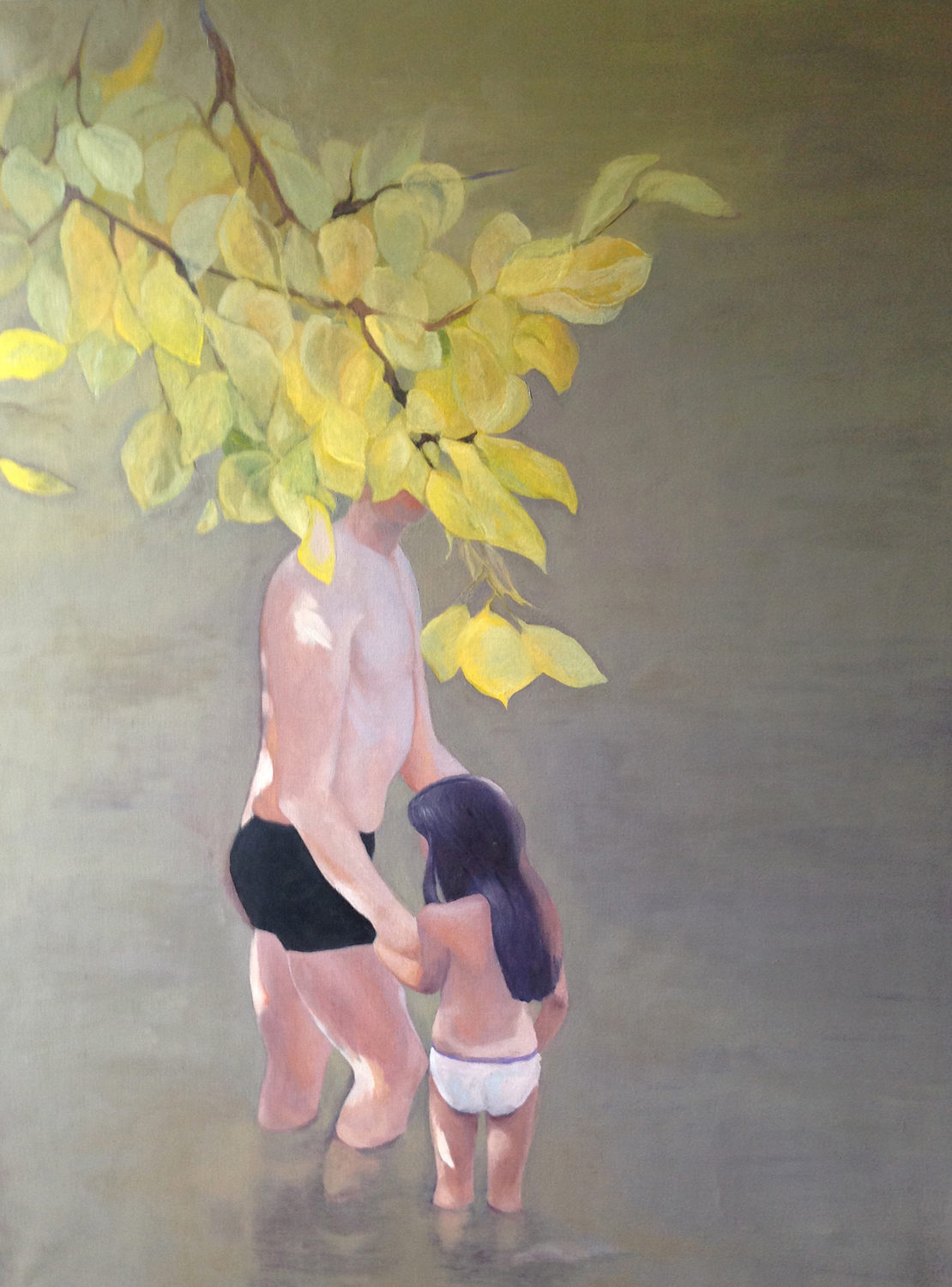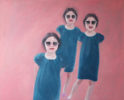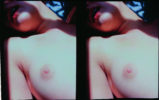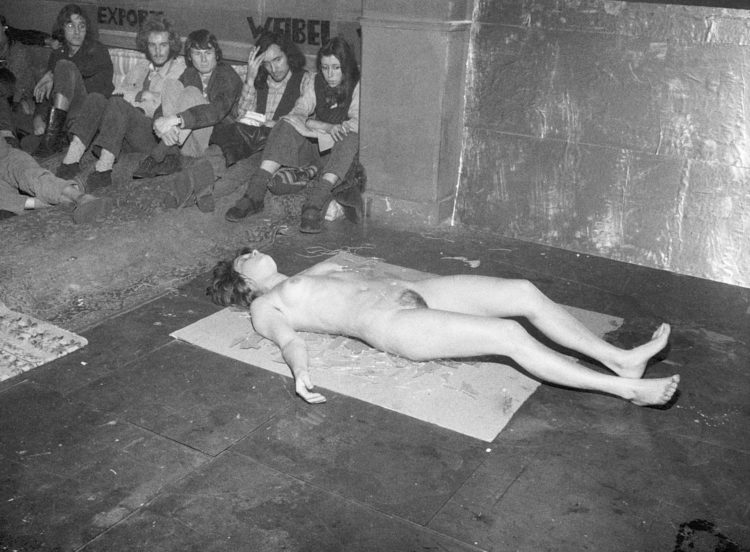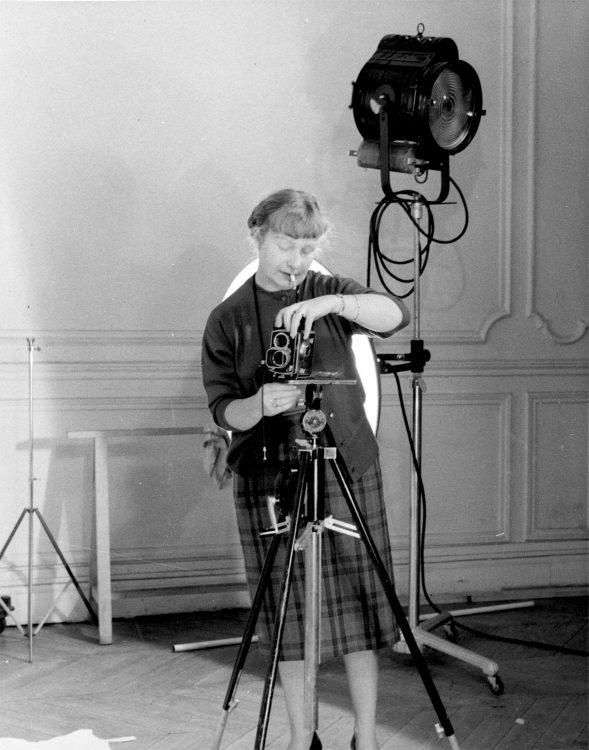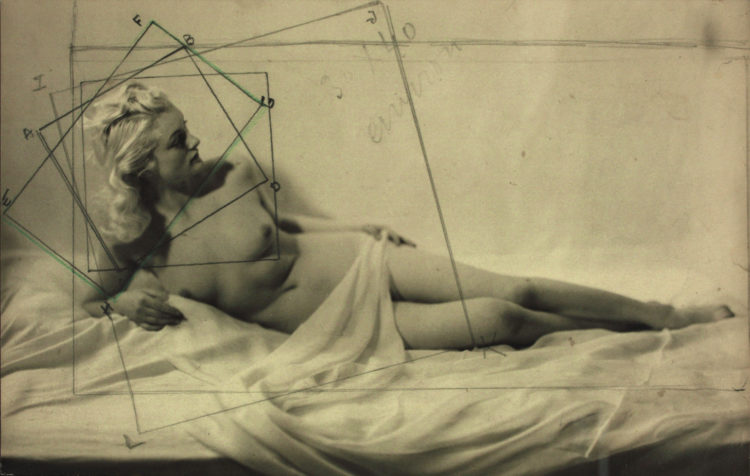Ornela Vorpsi
Vorpsi Ornela, Nothing Obvious, Zurich, Scalo, 2001
Le livre d’Angelica, galerie Analix Forever, Genève, 2013
→Portrait(s), expositions d’œuvres photographiques et peintures du Centre national des arts plastiques, CNAP, La Conciergerie, La Motte-Servolex, 2012
Albanian novelist, photographer and painter.
A graduate of the Fine Arts Academy of Tirana, Ornela Vorpsi left Albania in 1991, on the eve of the fall of Communism, to continue her studies in Milan, where she trained as a photographer. In 1997, she moved to Paris. Well known for her photographic productions, she has exhibited in Germany, Austria, and Italy. Her photos focus on the image of the female body, naked bodies that are often manhandled or dissimulated, full of bright colours in broken decors (Politique d’intérieur, exhibition, Paris, 2002). A monograph of her photographic works, Nothing Obvious, was published in Switzerland in 2001. In 2008, she turned to painting: in this new challenge, All about Tomoko leads the spectator far from the Balkans, in a painting in which the nude is still showcased, but in a more traditional style. Along with her photography and painting, Vorpsi pursued a career as a writer in France, where she published her first book, Le pays où l’on ne meurt jamais in 2004. Translated from Italian, which remains her only writing language, the book oscillates between a novel and a short-story collection and presents itself as a lucid and acerbic fable on the Albanian dictatorship. The book won many prizes.
Since then, she has written and published (always in France for the first edition) several books that are now translated into around fifteen languages: Buvez du cacao Van Houten [Drink Van Houten Cocoa, 2005], in which she interweaves stories and photographs; Vert venin [Green Venom, 2007], a novel about exile, designed as a series of portraits of wounded, poetic, and absurd characters who represent the Balkans today; Tessons roses (2006), a hybrid book combining texts and photos, a troubling text that gives voice to a deceased young woman who relates a few fragments of her short existence, outlines of her love stories, her fleeting emotions, still free of the constraints of words and morality. By associating literature with photo and painting, Vorpsi cultivates an atypical art. Her images and words are variations on exile and on the body in all of its states, which, in her images as in her writing, plays a central role.
© Éditions des femmes – Antoinette Fouque, 2013
© Archives of Women Artists, Research and Exhibitions, 2017



